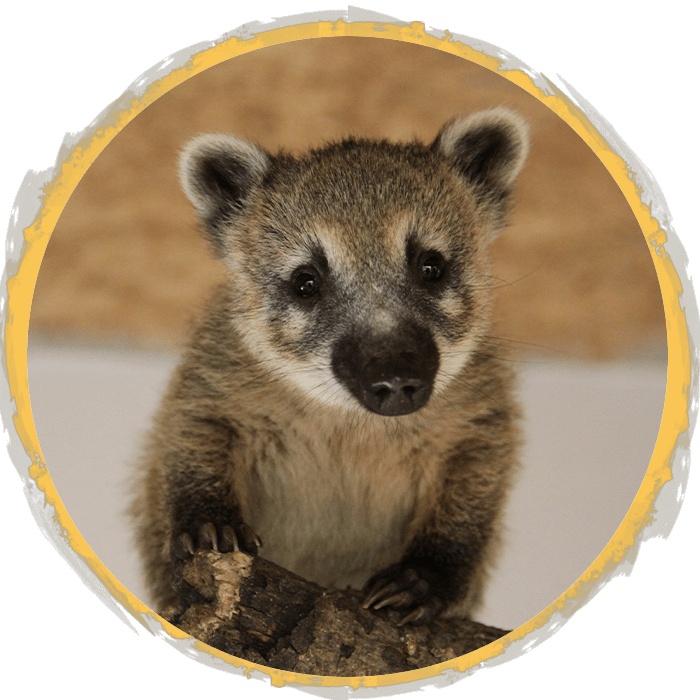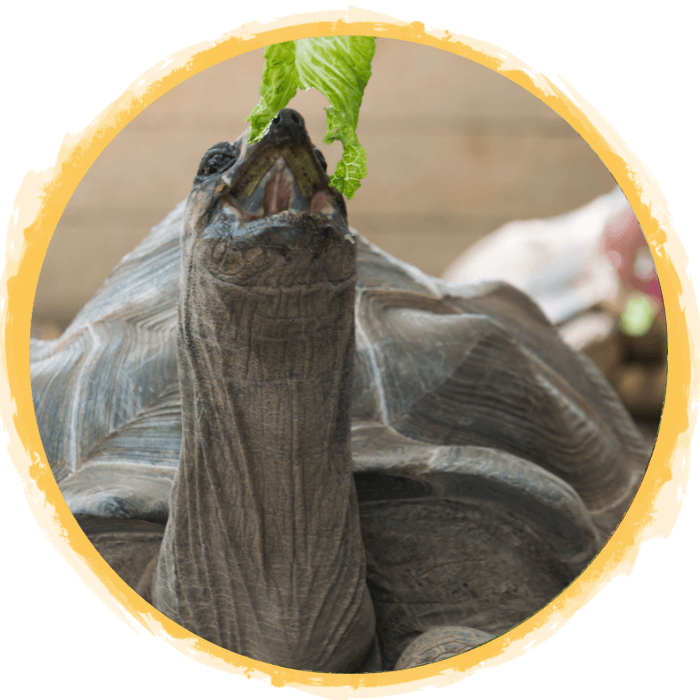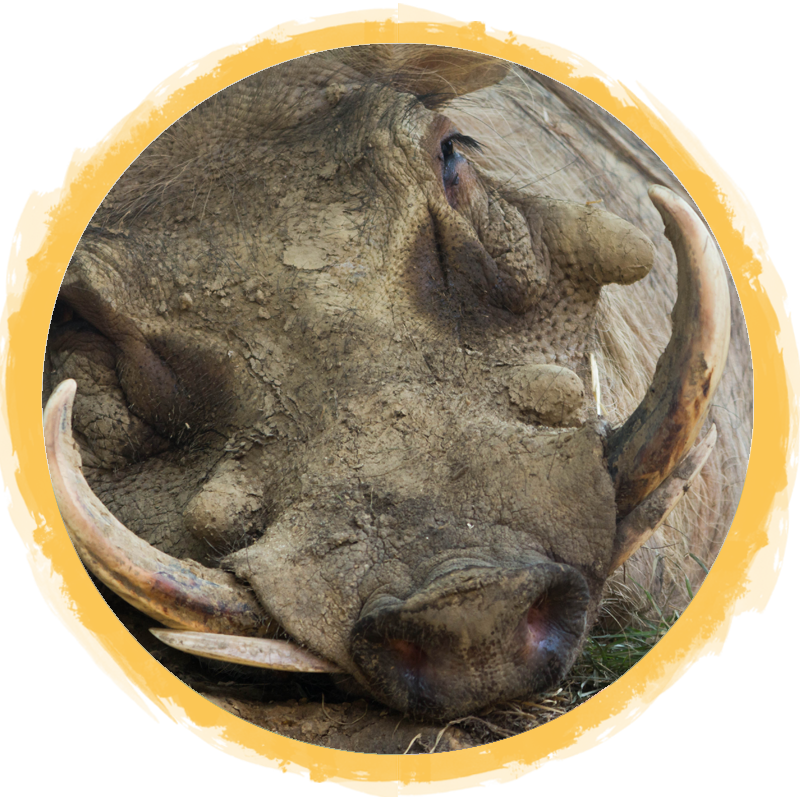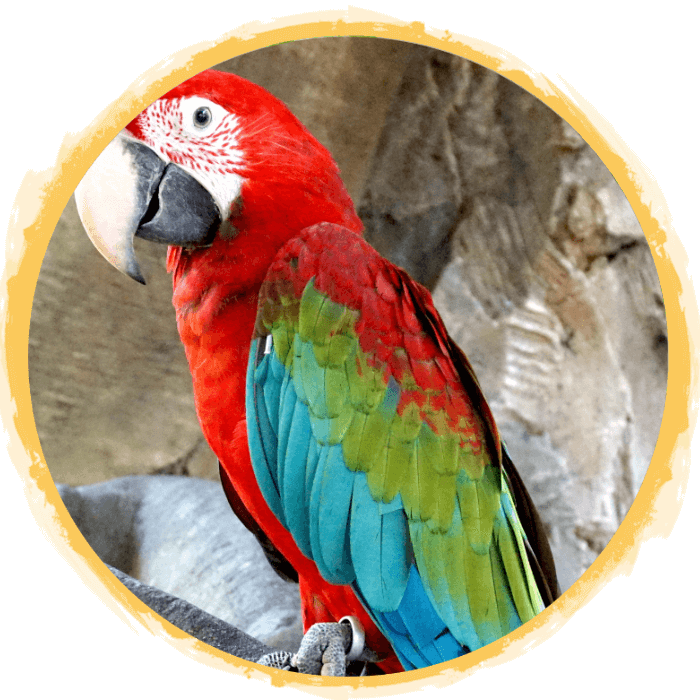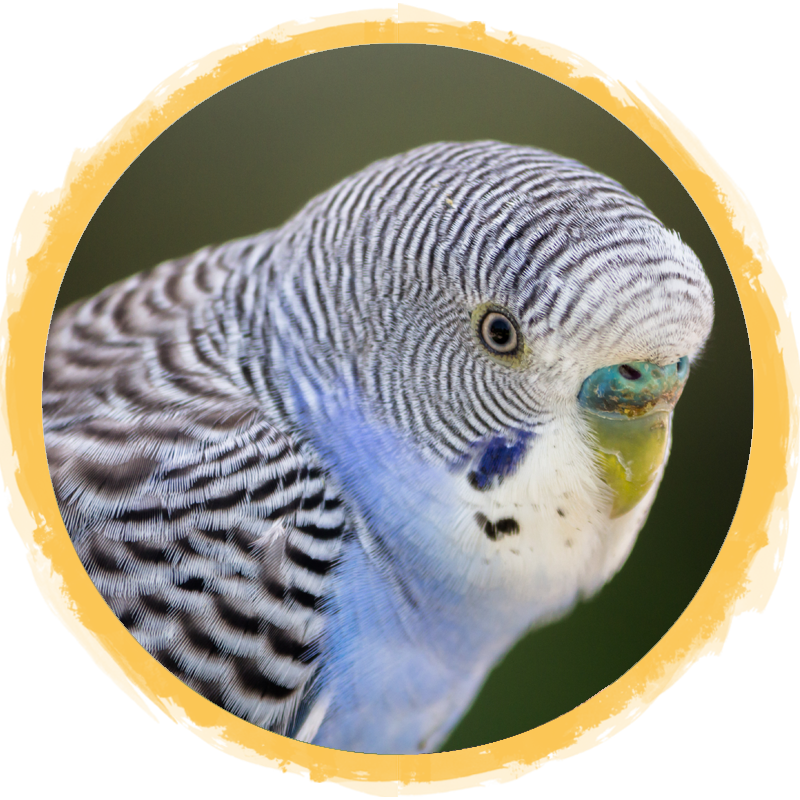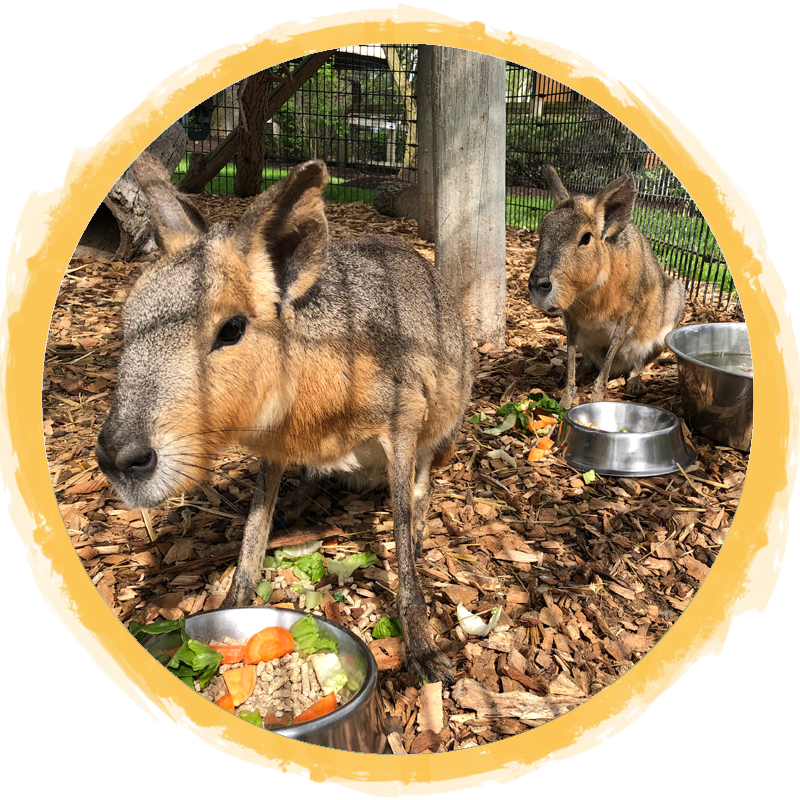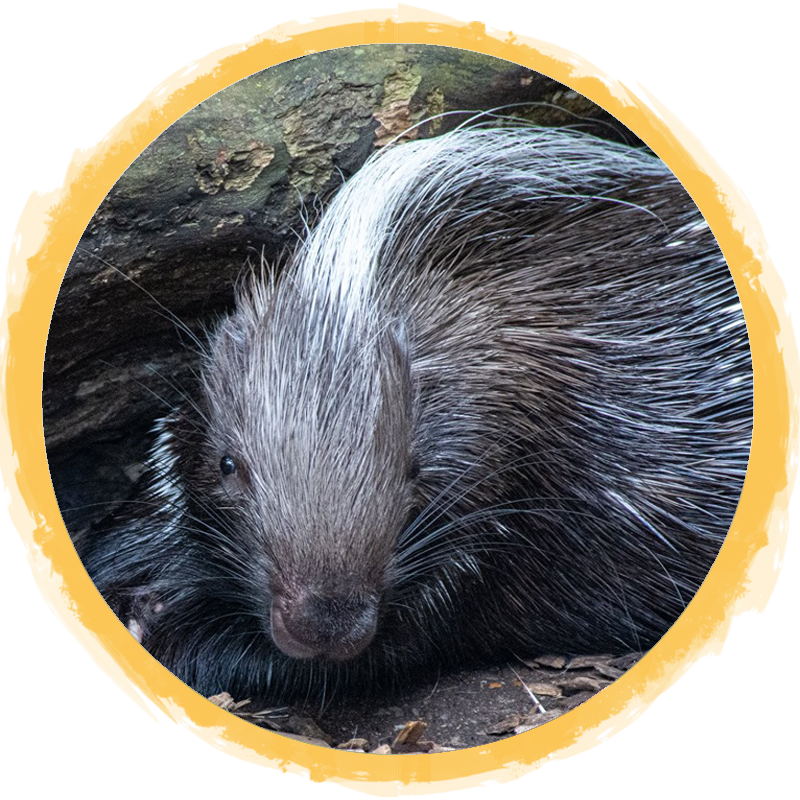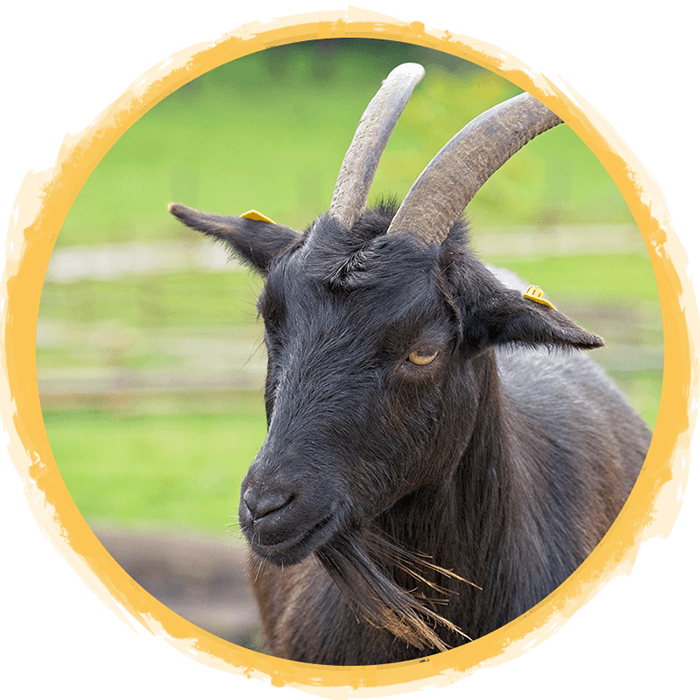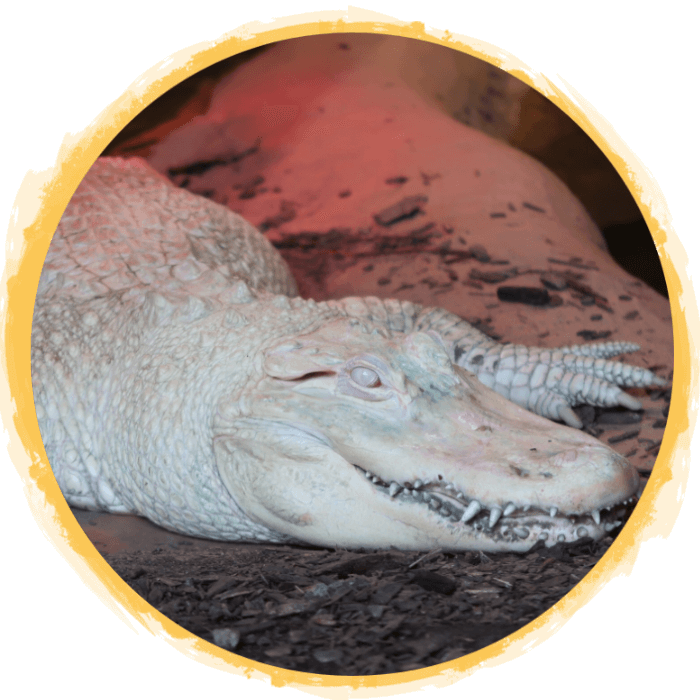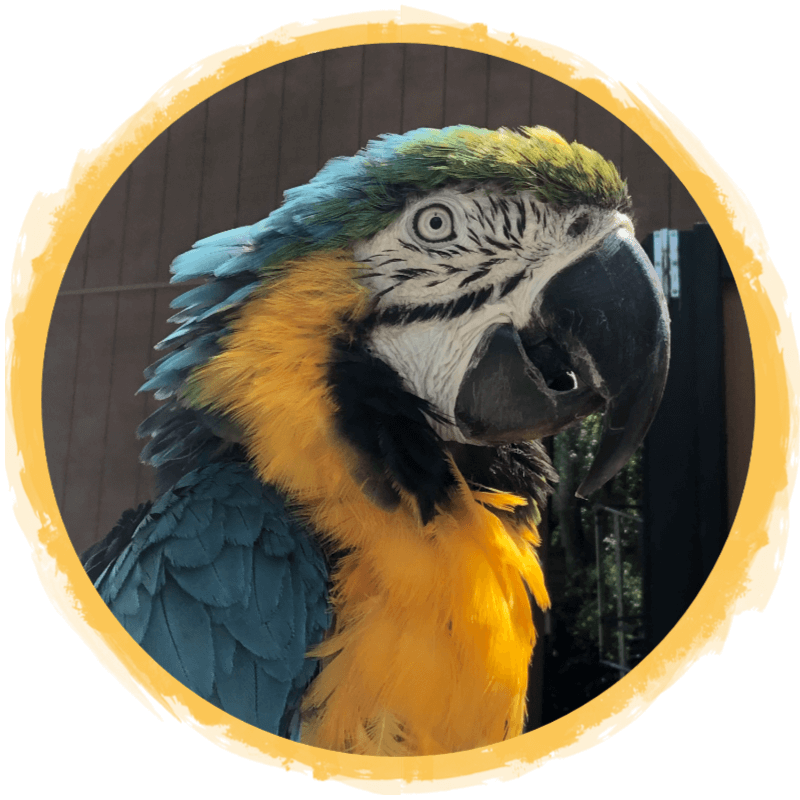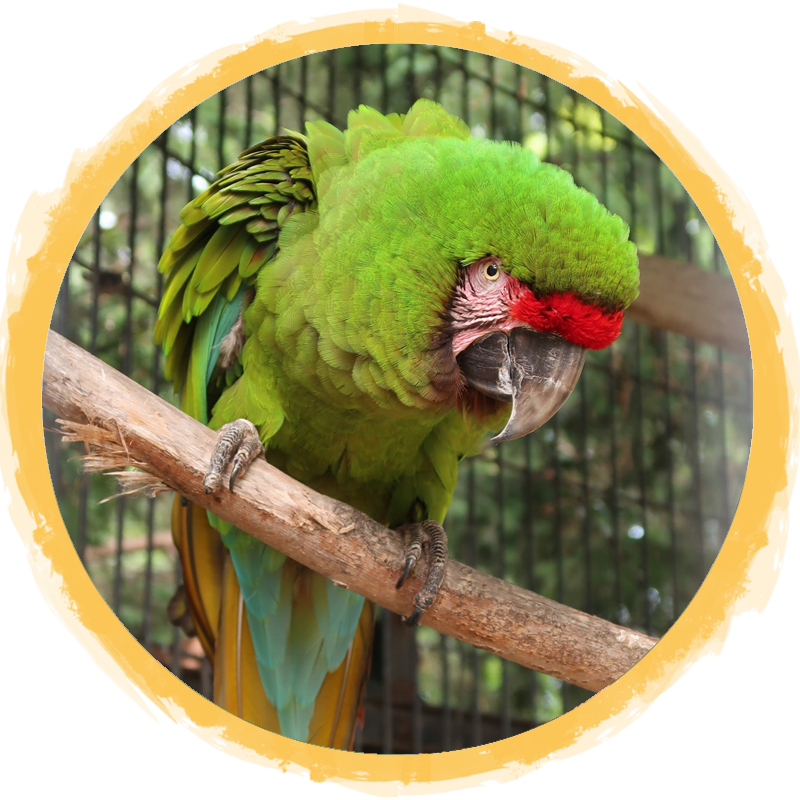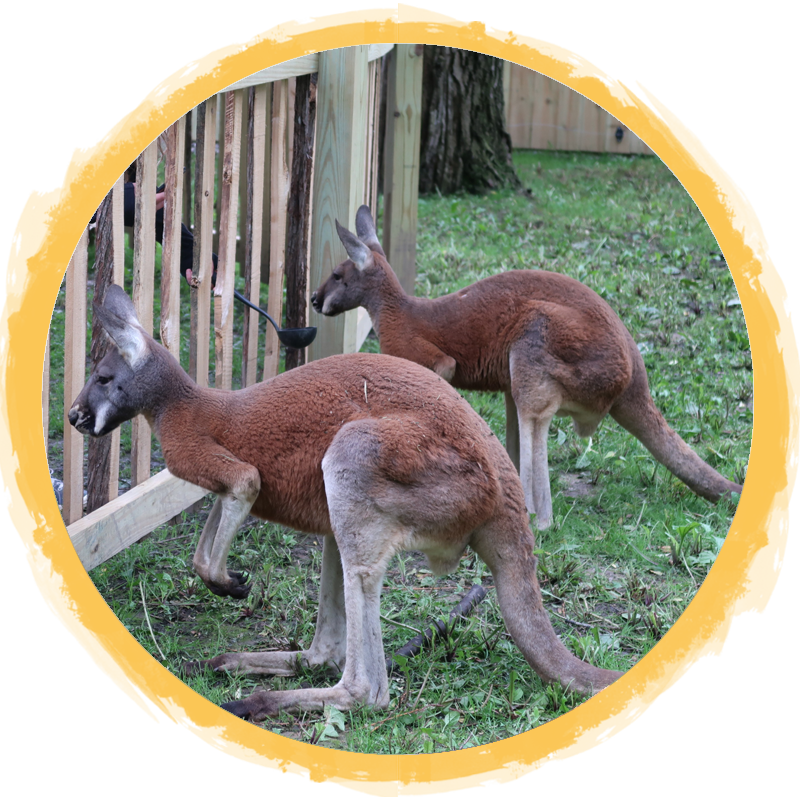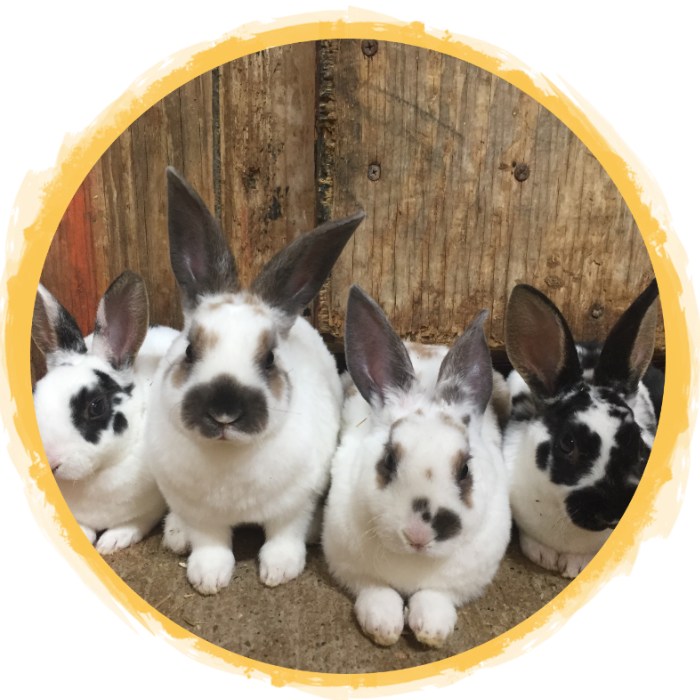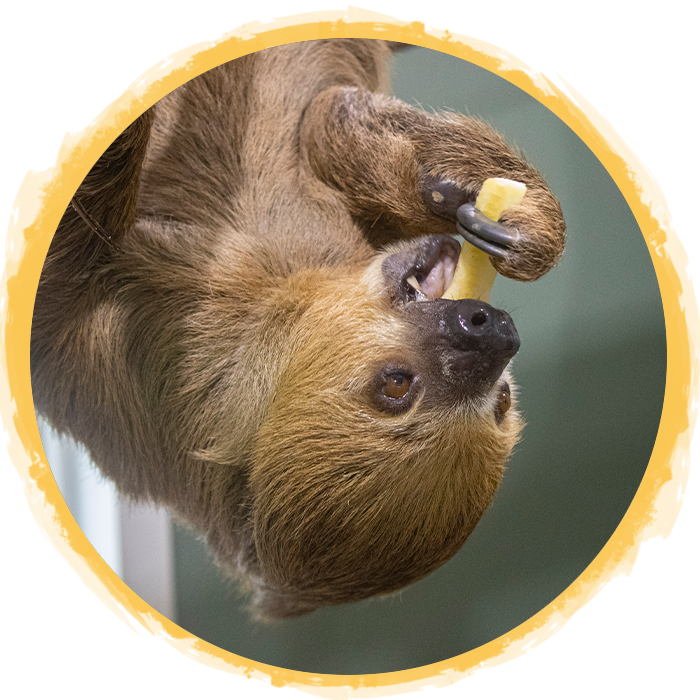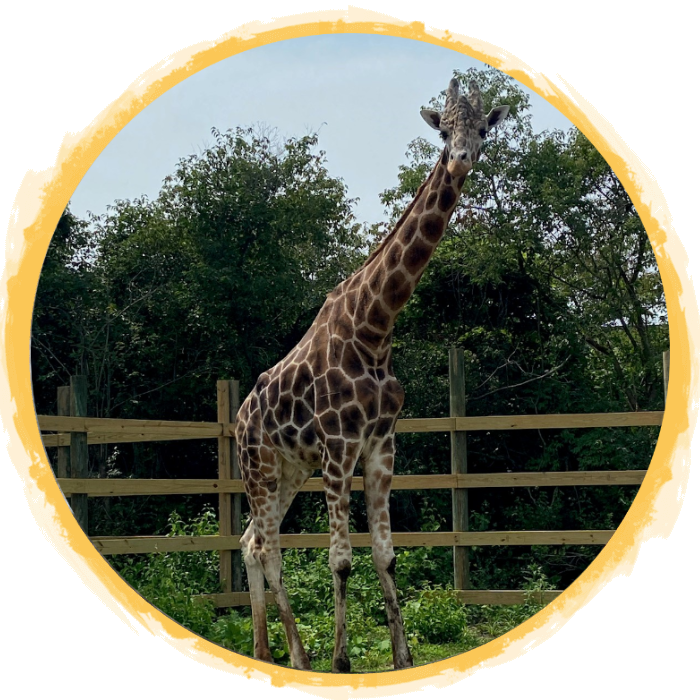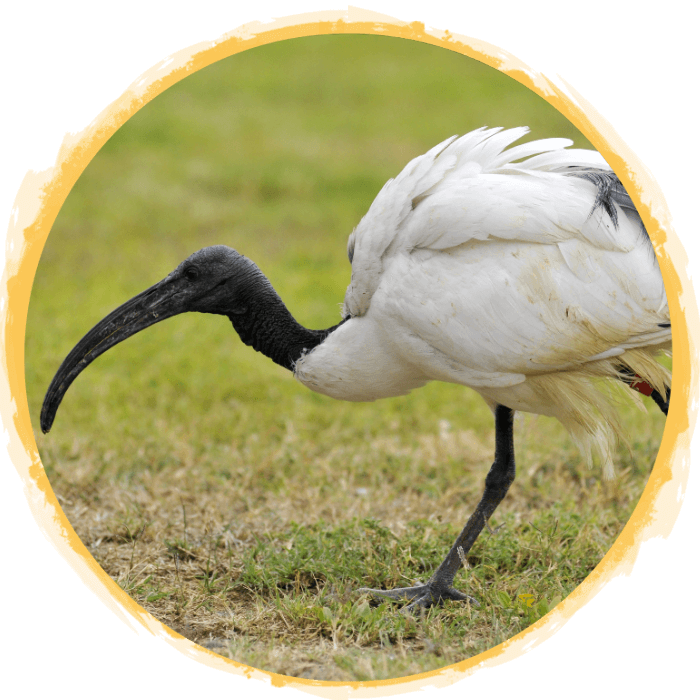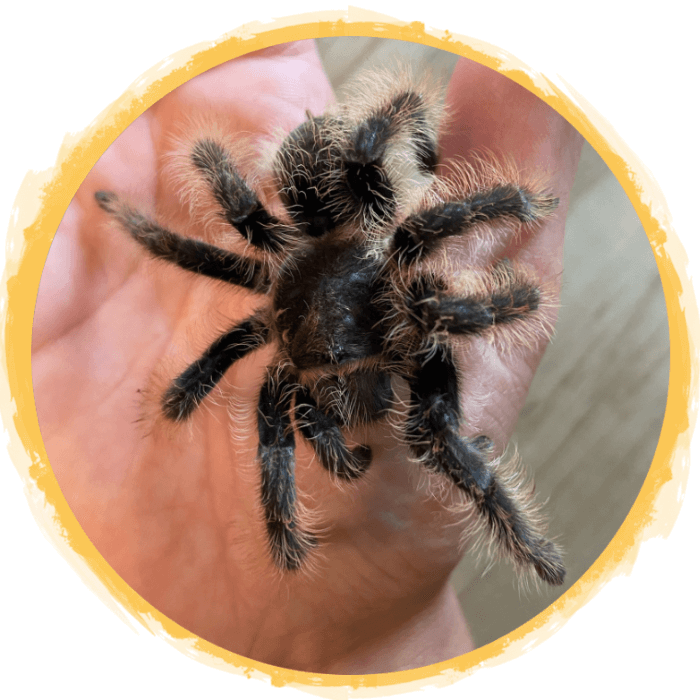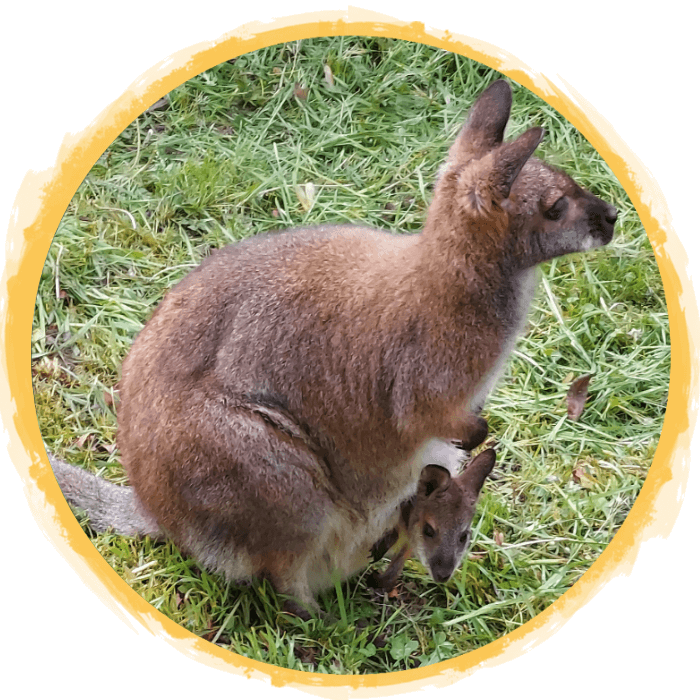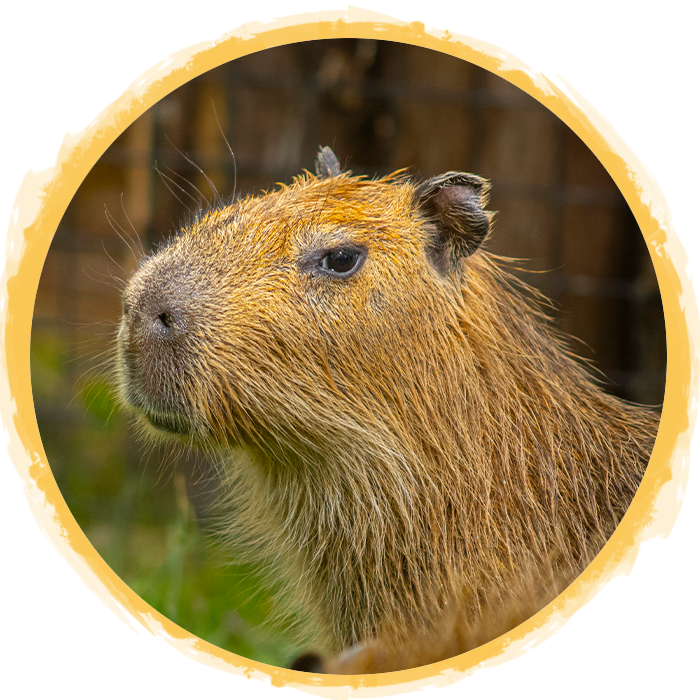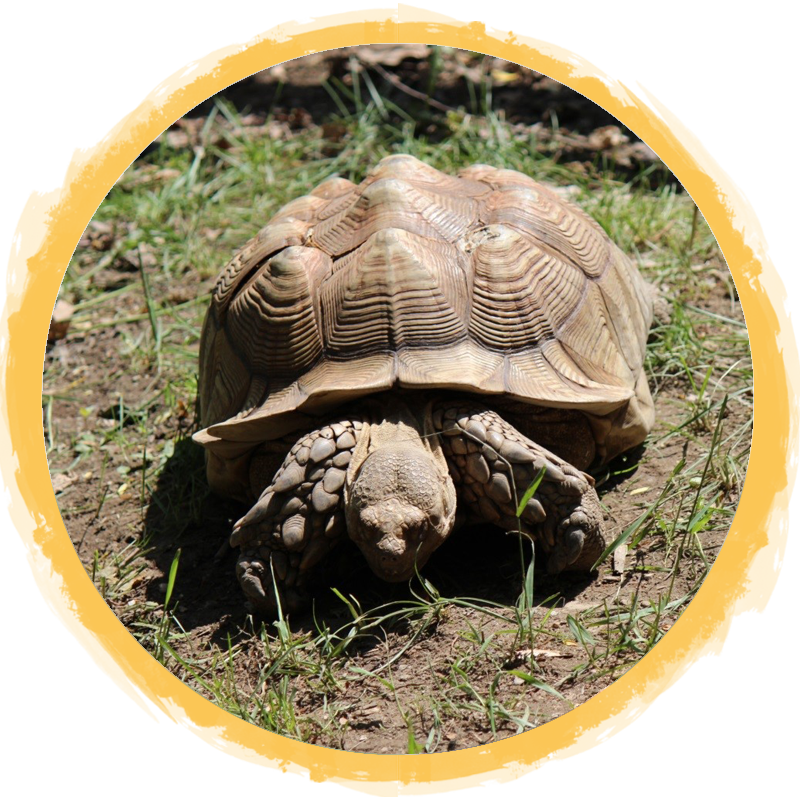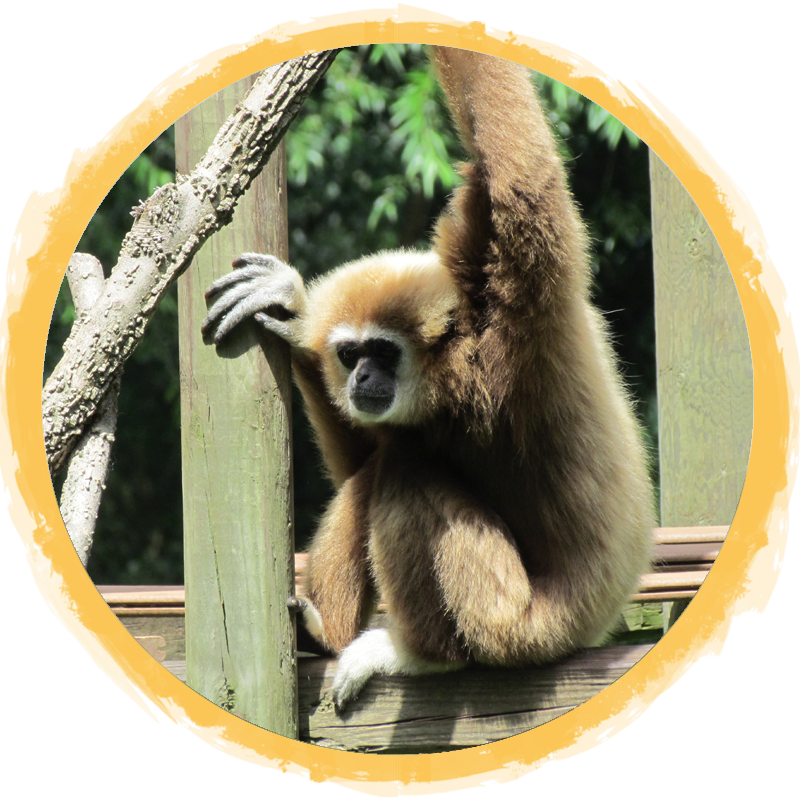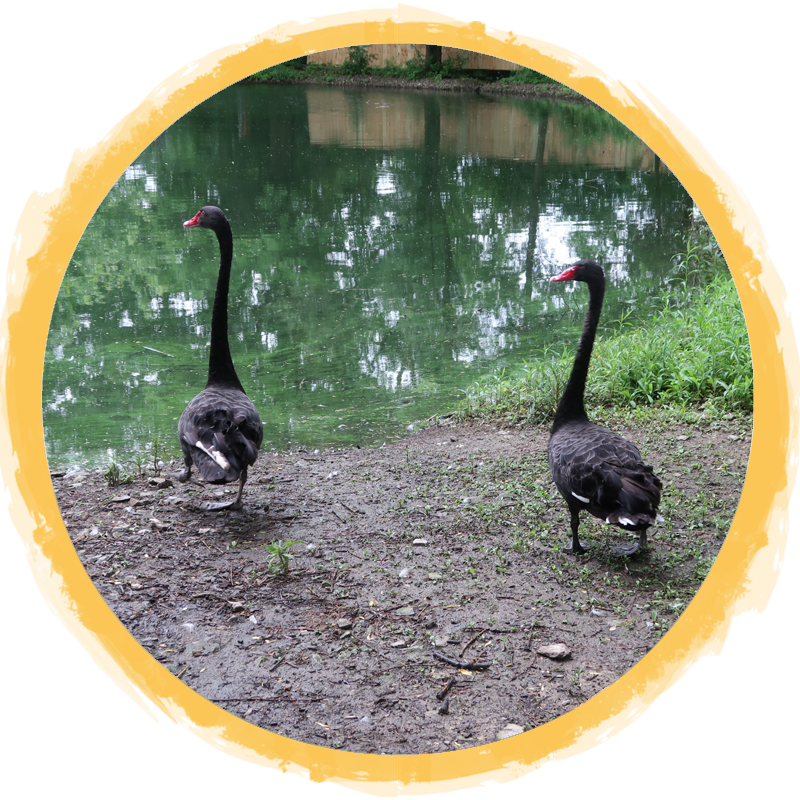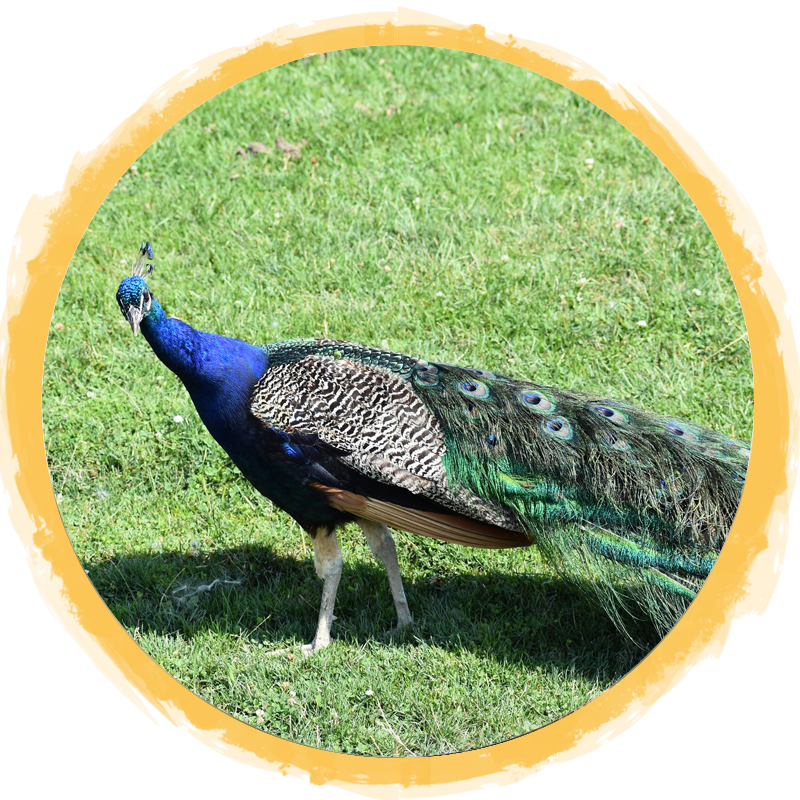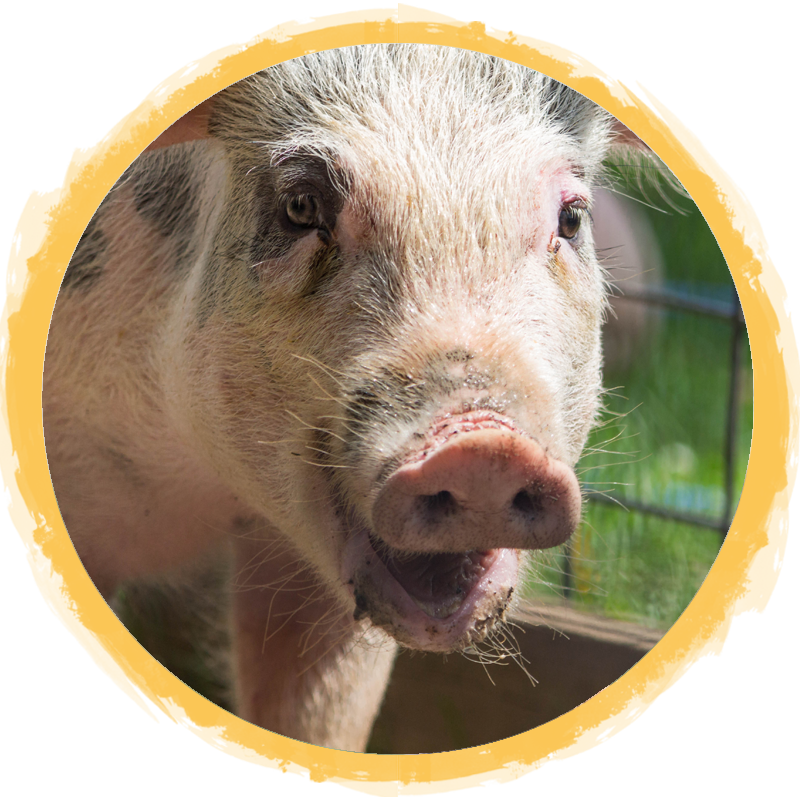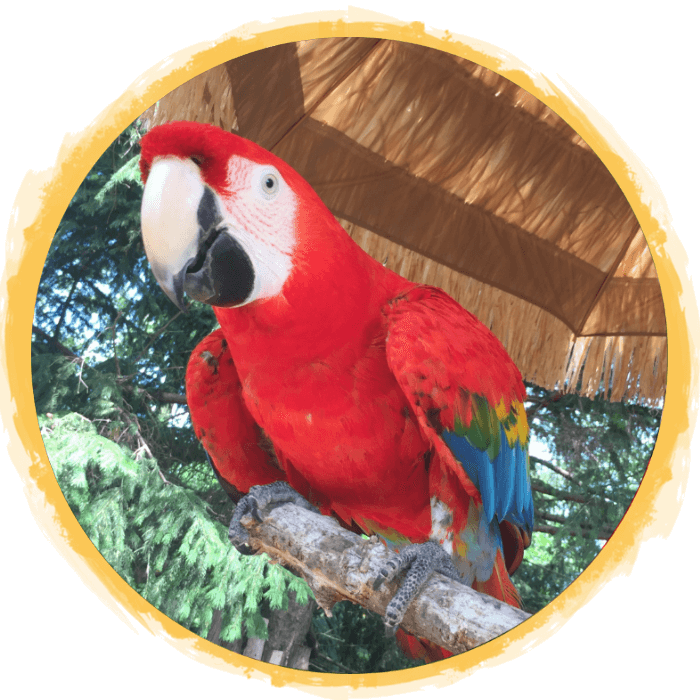(Hylobates lar)
These primates are distributed throughout the tropical rainforests of Southeast Asia and have the largest latitudinal range of Gibbons. In high tree canopies, they live in groups, but have one mate for life. The White-handed Gibbon’s palms and soles of the feet have no fur and are white, giving them their name. The fur coloring of the Gibbon varies from black and dark-brown to light-brown, sandy colors with a ring of white surrounding their black face.
Gibbon propel themselves through the forest by swinging under the branches using their arms.
Gibbon are one of the few primates that mate for life. Once bonded, upon awaking in the morning and before going to sleep at night, the pair sings a duet together which can be heard up to 2 miles away.
The song is unique to each gibbon pair and strengthens their bond.
They are apes, not monkeys. Apes are different from monkeys because they have no tail.
Unfortunately, they are a part of the illegal pet trade and are hunted, captured, and sold out of their habitats as well as being hunted and killed by villagers. As with many forest species, the deforestation of their habitat is detrimental to their populations. The formation of roads and agriculture expansion throughout their habitat have caused this species to be fragmented, or split up into smaller and smaller habitats. A lot of the reasons for habitat loss is to make room for palm oil plantations, avoiding products with palm oil can help this species to limit the demand. They are a protected species in all countries and there are protected conservation areas for them. However, they are not well patrolled and there is an urgent need for improved protection and management. This, and stopping the hunters, are the best long term conservation strategies.
The White-Handed Gibbons at African Safari Wildlife Park
We have two Gibbons that call our Park home. Luke, our tan-colored Male was born in 1976 and his Daughter, Pepper was born right here at African Safari Wildlife Park in 2006.
Fast Facts
Country of Origin: Southeast Asia
Weight: 10 - 16 lbs
Size: 17 - 23 inches
Lifespan: Up to 50 years in captivity
Diet: Gibbon will eat a large variety of foods, including figs and other fruits, berries, young leaves, buds, flowers, new shoots, vines, vine shoots, insects, and even birds' eggs.

